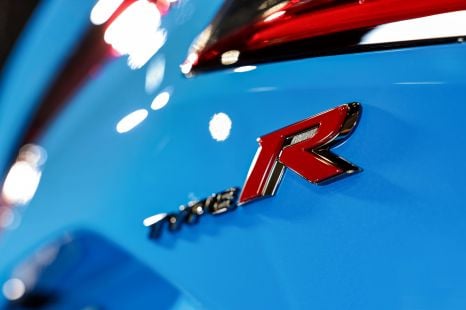

Damion Smy
Honda Prelude Type R ruled out... for now
8 Hours Ago
The mid-spec Korean hatchback is a solid all-round proposition, but bringing safety credentials up to scratch costs extra.
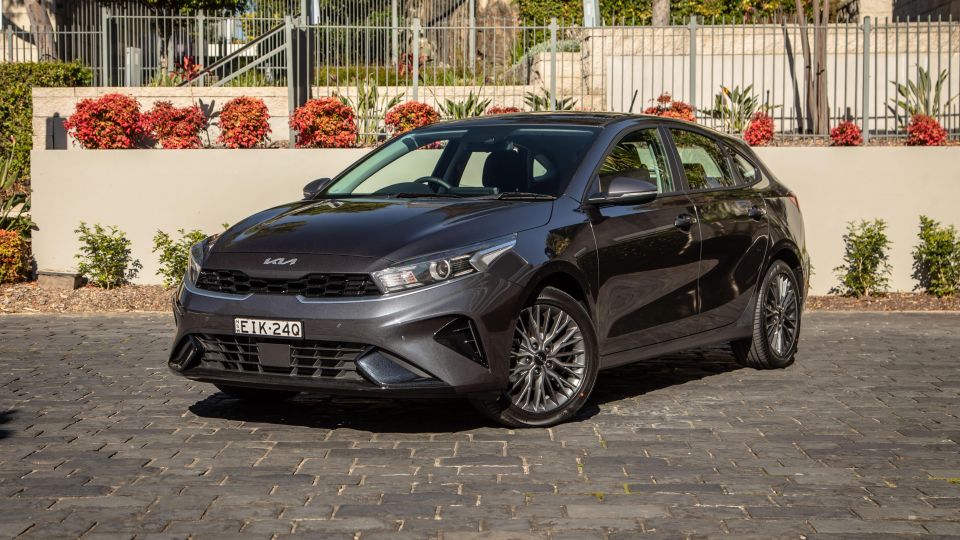

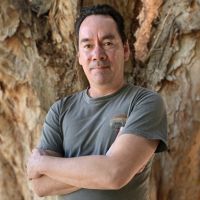
Journalist
New from
$27,990
excl. on-roads

Journalist
New from
$27,990
excl. on-roads


Journalist
New from
$27,990
excl. on-roads

Journalist
New from
$27,990
excl. on-roads
Quickly see how this car stacks up against its competition. Select any benchmark to see more details.
Where expert car reviews meet expert car buying – CarExpert gives you trusted advice, personalised service and real savings on your next new car.
The Kia Cerato has had a facelift, bringing sharpened exterior styling and big-screen infotainment to the middle-of-the-range Sport on the screen before you, complimented by a cursory $500 price rise that’s crept in right throughout the range.
The Sport Hatch version is we’re assessing here is fine. No base model doldrums, no price-ballooning extravagance, it a solid snapshot of what the core Cerato package represents at a sub-$30k price that, on the surface, is neither excessive or particularly enticing against its competitive small hatchback set.
That is, the mid-tier version is perfectly fine if you opt for the version with the ‘with Safety Pack’ suffix in its designation – a clumsy nameplate, I know, but it does make its particular credentials clear. There is a risk, though, of a perception that the regular Sport, on offer for a not-inconsiderable $1500 saving driveaway, is less than ideally safe and perhaps not so comparatively fine.

There are a couple of way to look at it.
One is that you’re being charged extra for Cerato to pull its safety socks up nice and high. The other is that the buyer can choose to opt out of ‘excessive safety’ – if there’s such a thing – and pocket a fair wedge in doing so.
The main question here, however, is whether the Sport with Safety Pack stacks up as it ought to – as a variant that brings on all the goodness you need without the excess and pretension of dipping into the sporty, pricier end of the range where you find the (curious) Sport+ and the ultimate turbocharged GT.
Let’s find out.
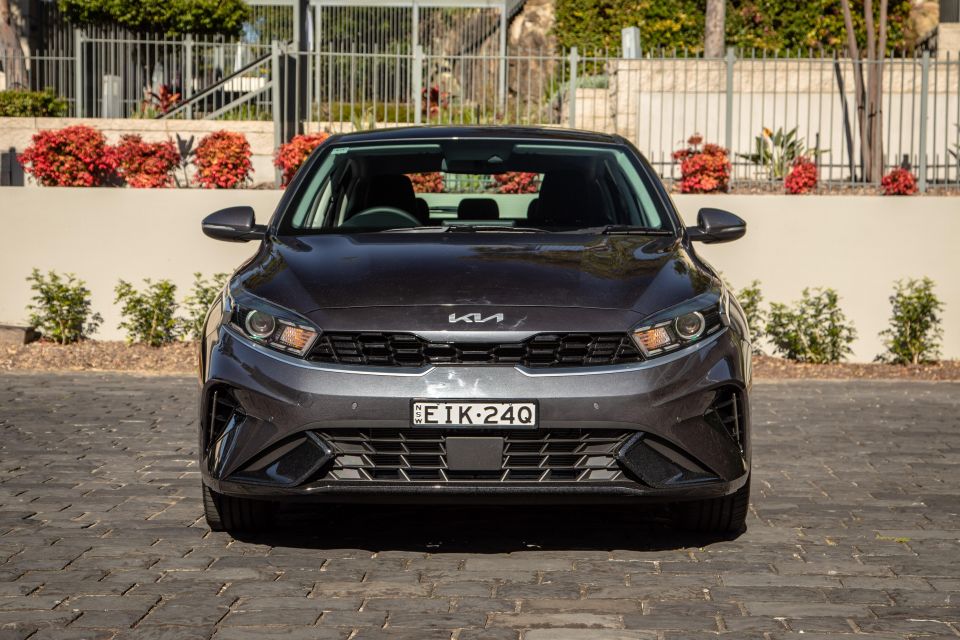
The 2021 Kia Cerato Sport with Safety Pack – in your choice of hatch or sedan body styles – is currently being offered at $29,490 drive-away while advertising a list price of $28,590. Outside of the offer, Kia quotes a theoretical drive-away price of $32,286…
As mentioned, opting out of the Safety Pack saves $1500 drive-away, while climbing up the tree to the Sport+ ($31,690 driveaway) wants a further $2200.
Exact competition depends on what’s currently on special offer, but keeping things simple and using list pricing, our test subject’s main sub-$30k rivals are Honda Civic VTi-S ($26,490), Hyundai i30 Hatch Active ($26,920), Mazda 3 G20 Evolve ($27,390), Skoda Scala 110TSI ($27,690), Subaru Impreza 2.0i Premium ($28,590), Toyota Corolla Ascent Sport Hybrid or SX petrol ($27,395 and $28,795 respectively) and Volkswagen’s Golf 110TSI ($29,350).
There are nine colours to choose from and everything outside of Clear White, such as our test car’s fetching Platinum Graphite, commands an extra $520, nudging it up to $29,550 drive-away.
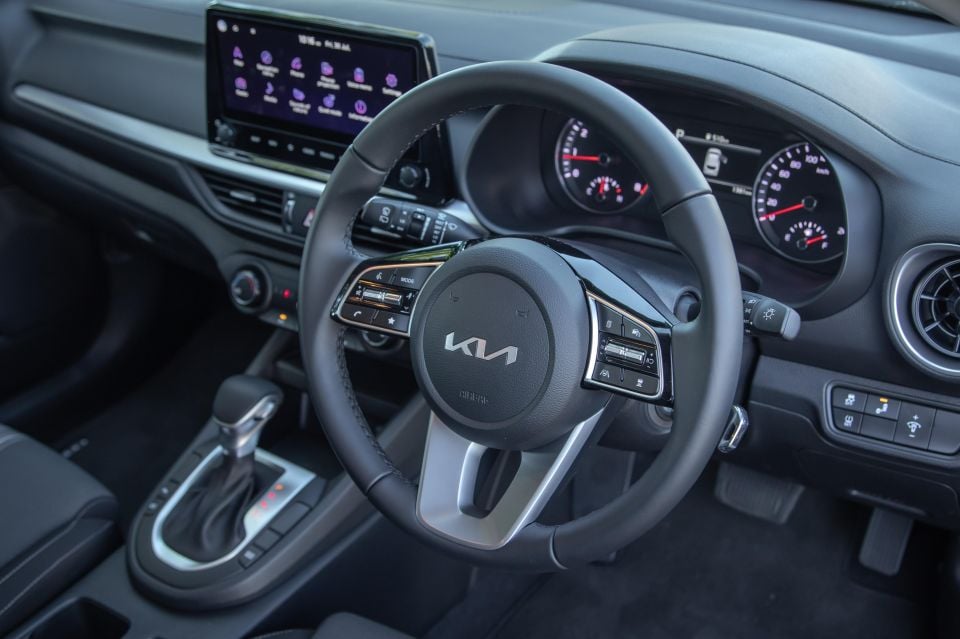
Buy your new car without the stress. It's fast, simple and completely free.

Great service from Travis and team, second time I have used this business would not hesitate to recommend them to anyone
Craig C.
Purchased a Ford Ranger in Sunshine Coast, QLD
CarExpert helped Craig save thousands on his Ford Ranger, now let us save you on your next new car.
Find a dealFirst up are the ‘New Cerato’ (MY22) updates, not to be confused with the outgoing ‘MY21 Cerato’ that, at the time of review, remains on Kia’s public website in effective runout phase.
This MY22 exterior gets facelifted styling with revised headlights, LED daytime running lights, a new grille and front bar treatment, while inside the highlight upgrade is the change from the regular 8.0-inch touchscreen infotainment system, as found in the base S, to a slicker 10.25-inch widescreen unit with sat-nav, DAB+ and wired Apple CarPlay and Android Auto.
What does the extra $1500 Safety Pack add? Central to it is the tech upgrade to facilitate the inclusion of adaptive cruise control and cyclist detection for the autonomous emergency braking smarts, as well as blind-spot monitoring and rear-cross traffic alert features.
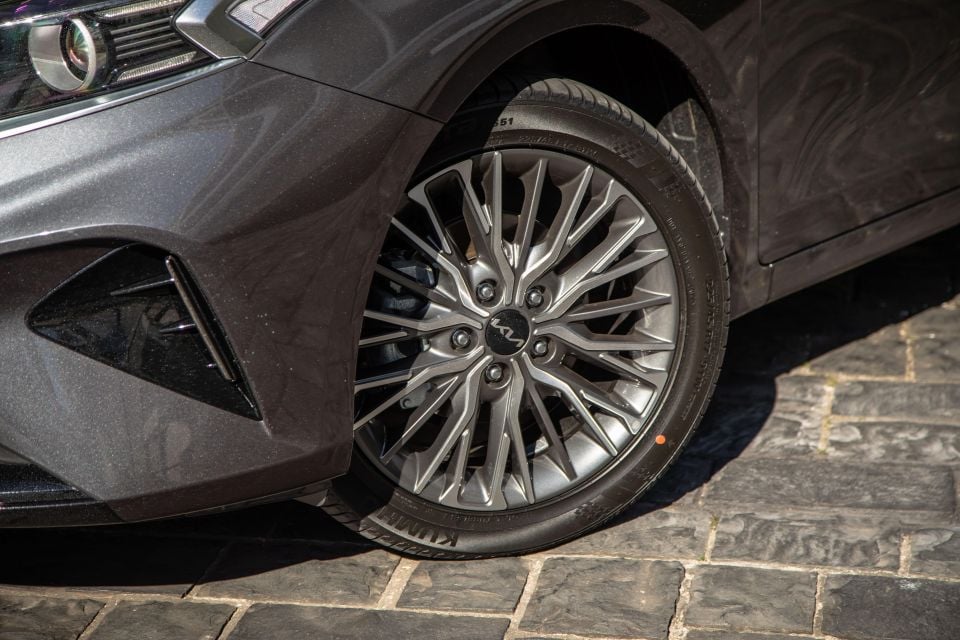
The rear brake hardware is upgrade to larger discs and with that also comes an electronic parking brake. On base S version, the Safety Pack also adds heated power-folding mirrors, a leather-wrapped wheel and gearshift that’s standard fare in the mid-spec Sport.
Safer? Yes. Worth the $1500 extra? That’s debatable, given that the regular Sport does offer a respectable safety fit-out we’ll cover off in the relevant section below.
Elsewhere, the Sport grade brings 17-inch alloys with 225mm low-profile rubber, dusk-sensing halogen projector-type headlights with high-beam assist, front and rear parking sensors, a reversing camera, specific Sport cloth trim for its mechanical-adjust seats, manual air-con, a 4.2-inch LCD driver’s screen, six-speaker audio, three USB ports and a 12-volt power outlet.

In terms of ANCAP rating, the Cerato is a range of two halves. All versions that fit the Safety Pack – a standard inclusion on Sport+ and GT – are rated a full five stars from 2019 assessment, while versions without the added safety addenda get four stars.
Thus, all post-April 2018 Ceratos, sedan or hatch, are rated at 90 per cent for adult occupant protection and 83 per cent for child occupant protection but differ in ratings for pedestrian protection (55 per cent v 72 per cent with Safety Pack) and assistance systems (71 per cent versus 73 per cent with Safety Pack).
It’s easy to see where the regular Sport without the added safety kit falls short.
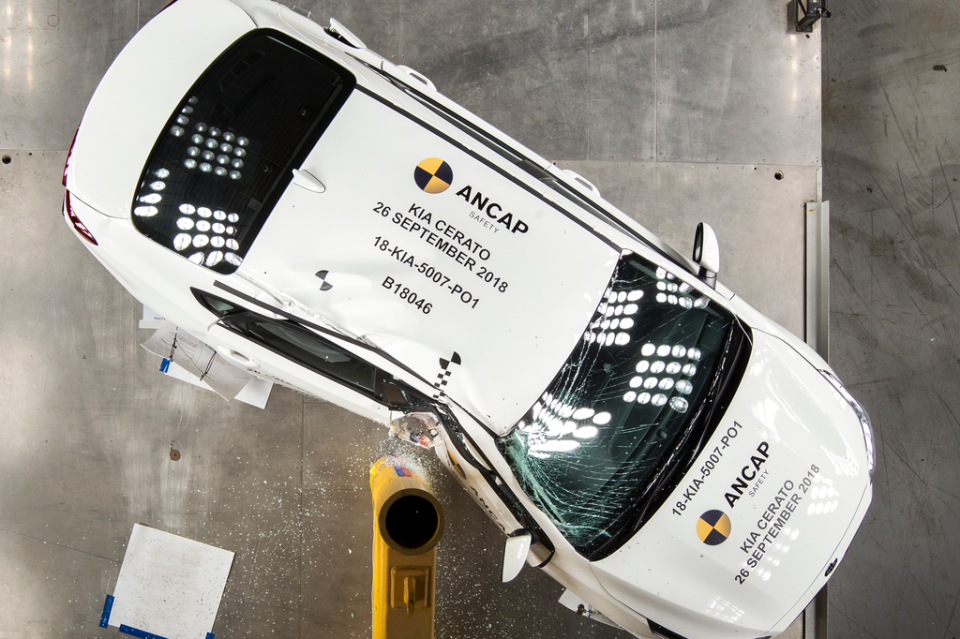
Still, the regular Sport does fit AEB with pedestrian detection, lane-keep assist, Lane Follow Assist (active lane centring), driver attention alert with lead vehicle departure alert, rear occupant alert, six airbags and comprehensive ISOFIX and regular child restraint anchor points.
Specifically, the Safety Pack adds larger rear brakes with an electric park brake, cyclist avoidance for the AEB system, blind-spot monitoring, rear cross-traffic alert and safe exit warning, which is enough augmentation to bump fitted vehicles from four to five stars in the eyes of ANCAP.
Interestingly, the pack doesn’t include reversing AEB as a function of the rear cross-traffic system, which is fitted to Sport+ and GT grades, and you need to stump up for the flagship GT to get LED headlights and tail lights.
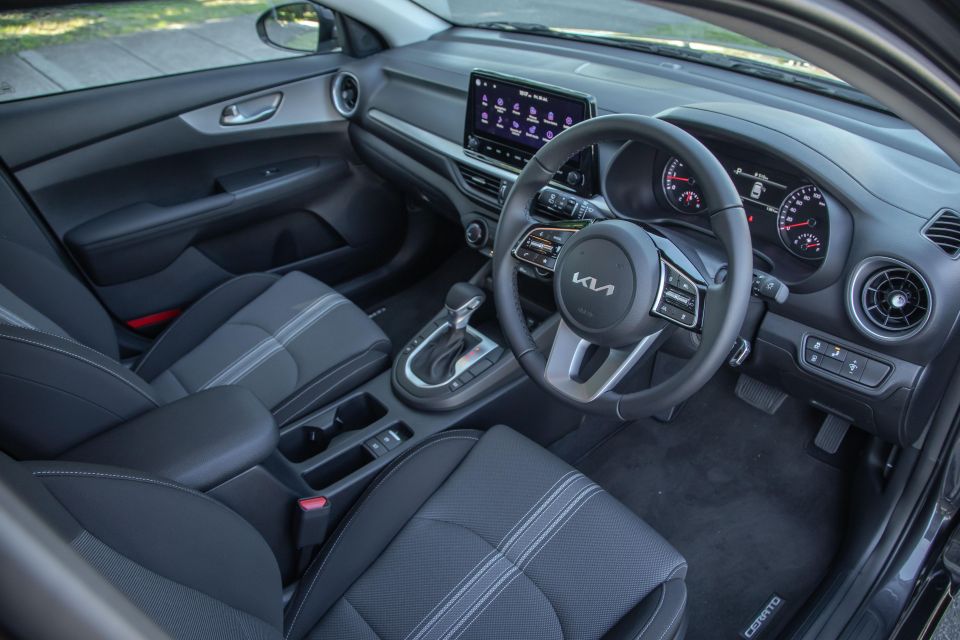
The cabin design is neat and reasonably classy, its wide dash helping to bring a sense of airiness. It’s clear, logical, easy to navigate and the controls an intuitively located, the who shebang minted in Kia’s penchant for very dark plastic contrasted with the odd smattering of colour and satin silver for a bit of visual relief.
It’s a beaut wheel with plain button array framing large, clear instrumentation for handy quick-glance legibility, including a large digital speedo readout.
The same can be said for the large 10.25-inch infotainment system, with sharp resolution – save for the reversing camera display – and easy-to-navigate, fully featured content.
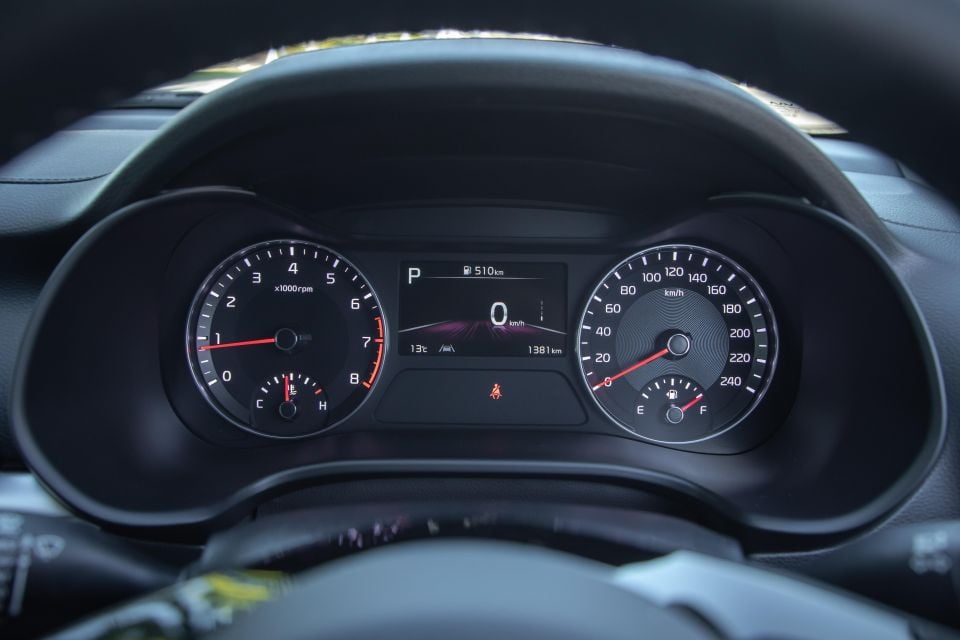
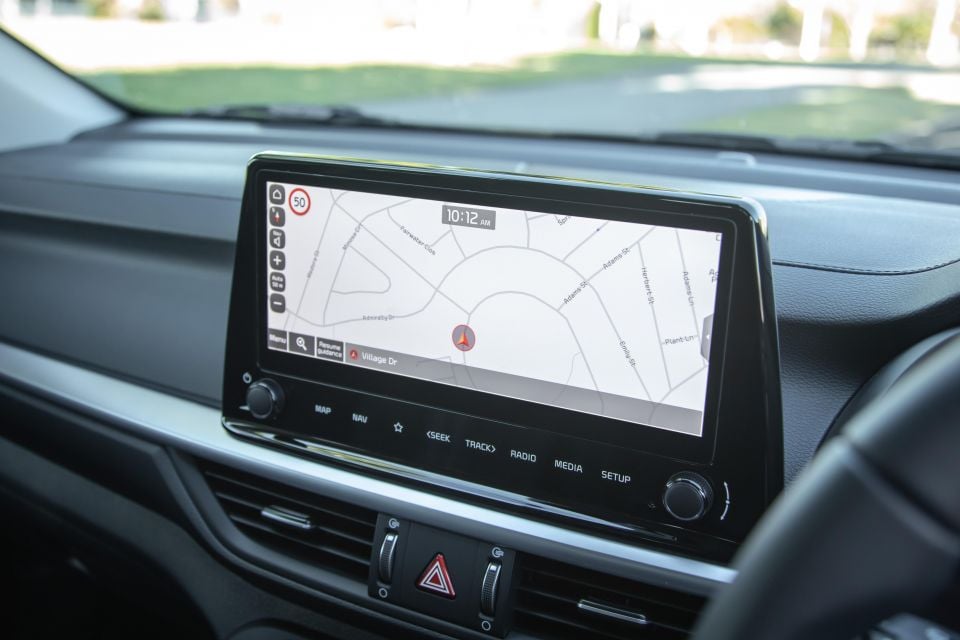
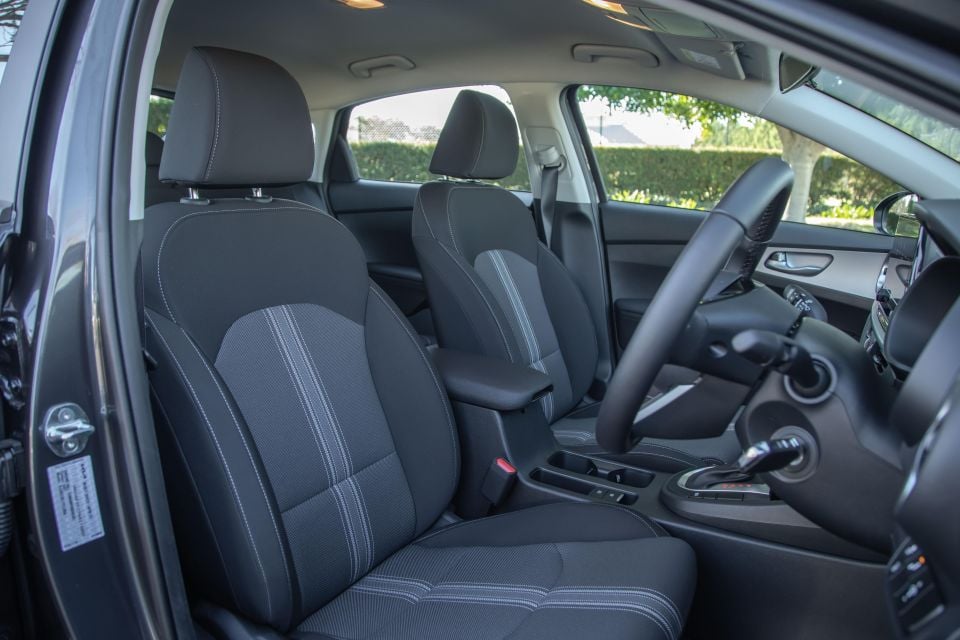
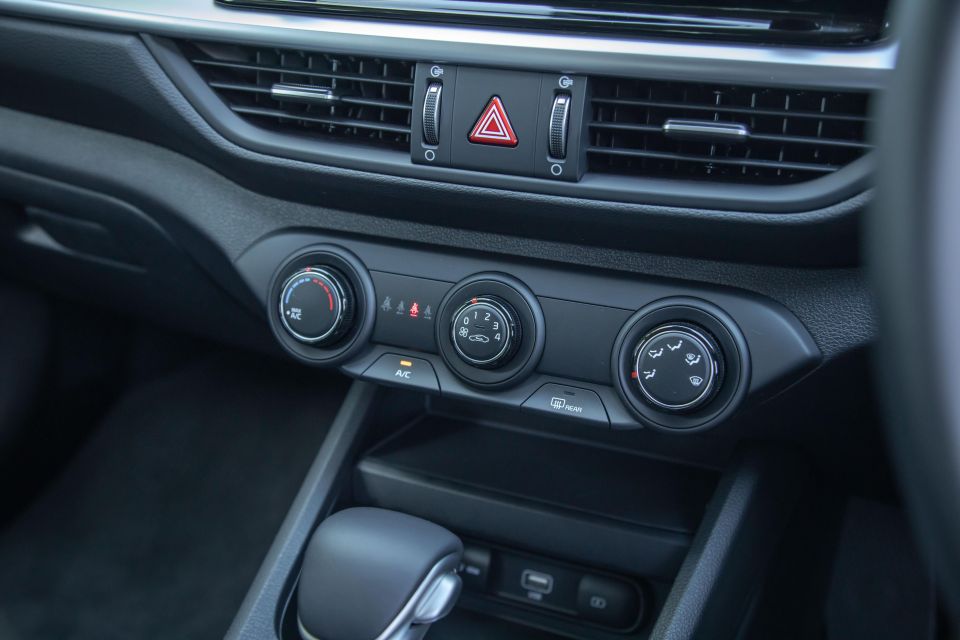
Unlike the base system, this unit requires CarPlay to be wired though, also unlike the base system, it’s less prone to drop-outs which seems to occur during momentary smartphone signal interruption, past experience suggests.
The seats, while fetching in its proprietary Sport racing stripe design, are merely average, with full mechanical adjustment sans lumbar tweaking, our test car’s driver’s seat back bearing a strange and slightly uncomfortable lump on its right side.
Long-legged drivers will also test the limits of the steering reach adjustment as the pedals are quite shallow in the footwell.
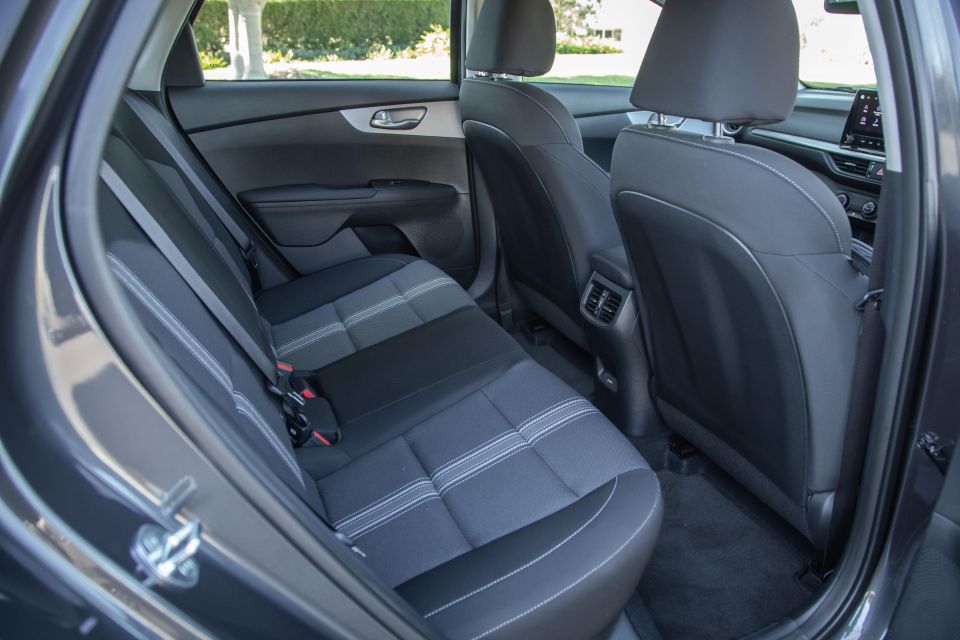
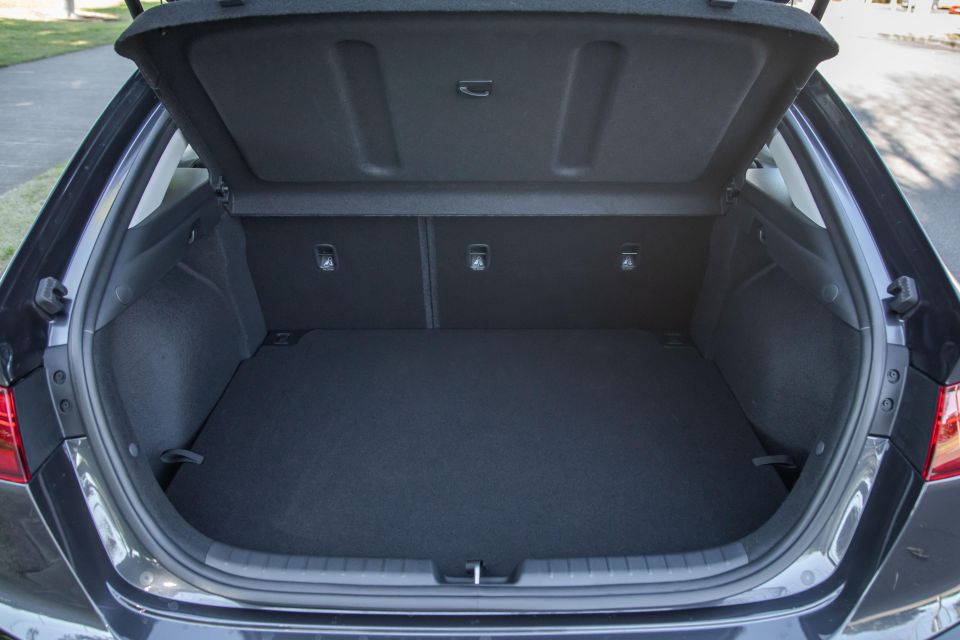
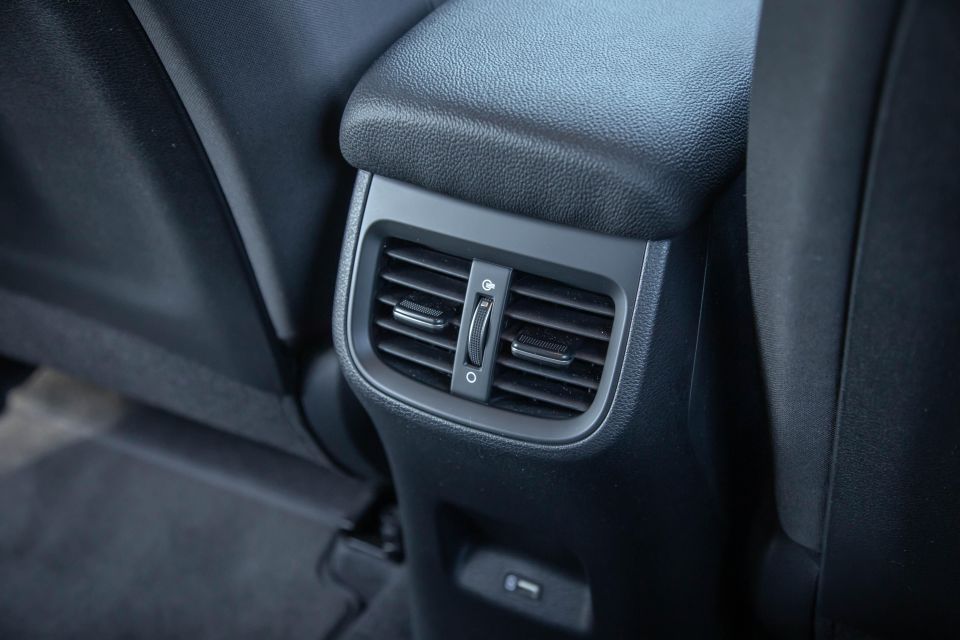
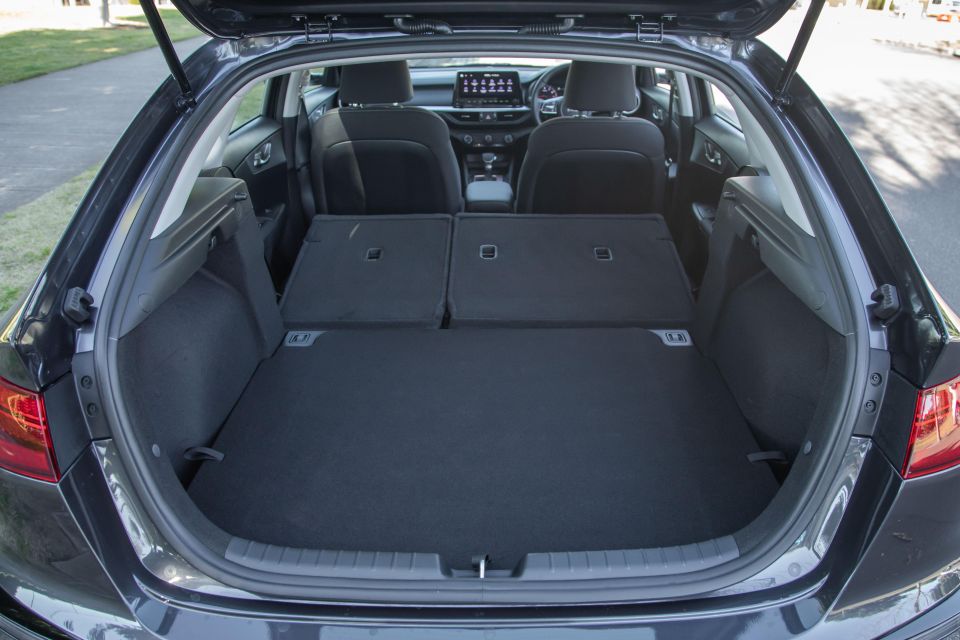
Where the pre-facelift Sport offered no rear passenger creature comforts, the MY22 guise offers rear air vents and a single USB port – a seemingly small if important improvement if you’re planning on using the Cerato as a family car.
Perhaps one of Cerato’s biggest virtues is sheer spaciousness of the rear accommodation. For a small car, the roominess it offers adults in row two is almost palatial, with excellent legroom and, as we’ve noted in reviews past, much more headroom than you’d expect from the hatch’s sloping roofline.
Boot space is decent, too, offering 428 litres with the 40:60 split-fold seatbacks in play and reasonably flat load area once converted into a two-seater. It fits a steel space saver under the boot floor.
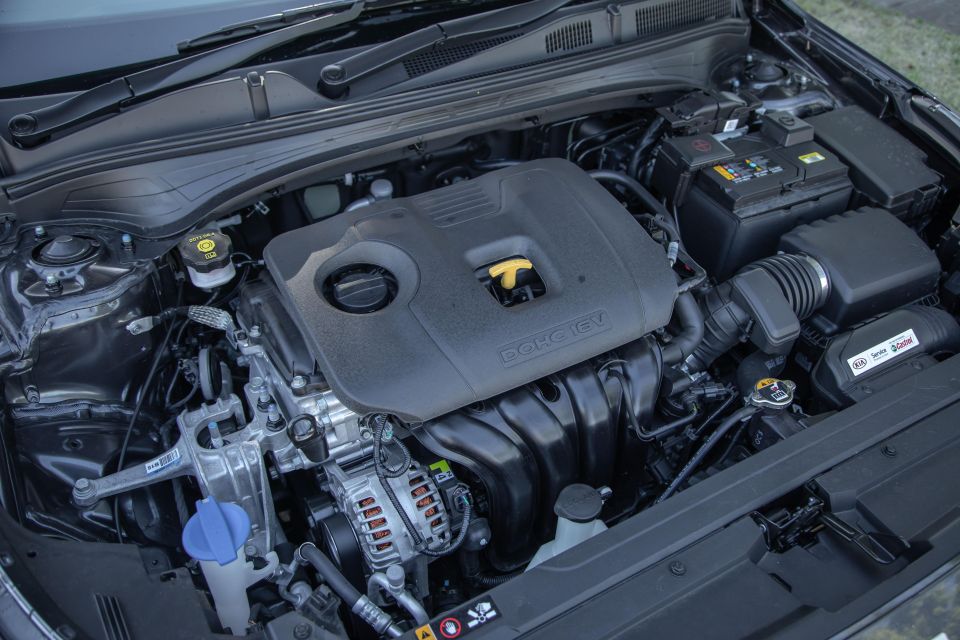
There’s no news under the bonnet for the facelifted Cerato range, other than the fact the Sport’s manual gearbox option, has been omitted from the MY22 menu.
Specs for the 2.0-litre naturally-aspirated petrol four are unchanged, offering 112kW at 6200rpm and 192Nm way up at 4000rpm. It’s exclusively backed by a six-speed conventional automatic for MY22 and, of course, front-wheel drive.
At 7.4L/100km for its combined claimed consumption, the bread and butter engine is actually thirstier than the 150kW/265Nm 1.6 turbo in the flagship GT (6.8L claimed) and either engine runs happily on 91RON in its 50-litre tank.
Our test car returned displayed consumption in the middle eights during our week of mixed driving with the car.
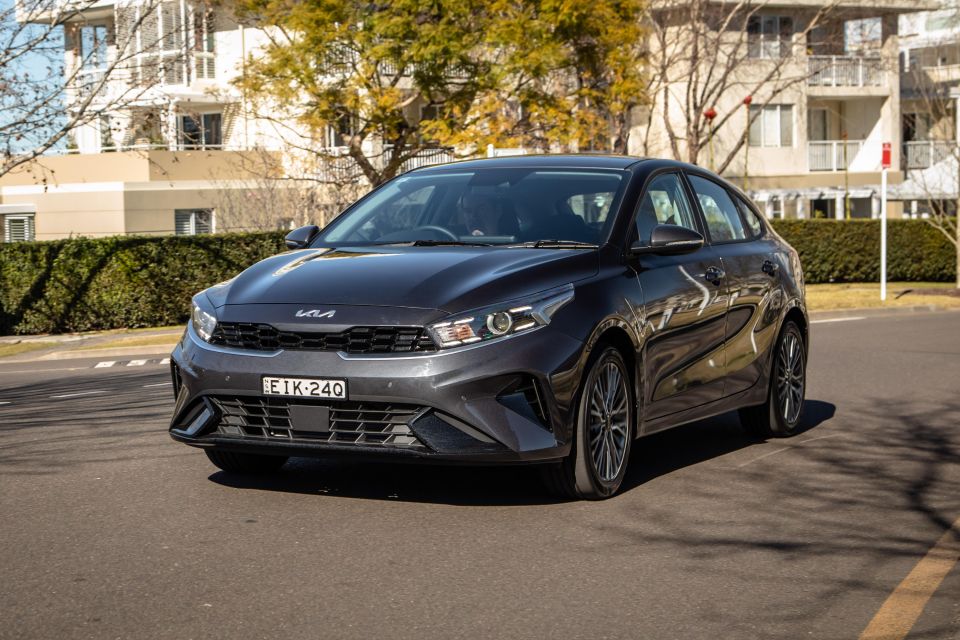
Surefooted and workmanlike, the Cerato Sport is a fine enough – there’s that word again – drive that’s high in competency if largely unremarkable other than it plies sportiness in areas that don’t necessarily do it much favours.
The suspension is firm, the ride reasonably compliant if a little terse and there’s a fair amount of noise from both axles when it negotiates speed bumps. It’s an Australian-developed tune for the strut front and torsion-beam rear compliment that could probably benefit from a slightly softer spring rate – the damping feels fine enough though – and, well, relax a little.
While the ride and handling balance is quite decent, the chassis is clearly attempting a veneer of enthusiasm not backed up by a package that doesn’t exactly entice you to push on in corners. In tangible result, it’s more fidgety across smaller road imperfections than it needs to be.

It’s a similar story with the steering, which is fine enough with a reasonable sense of connection, but is simply a bit heavy and ponderous for the mid-spec Cerato’s primary focus as an everyday runabout. Lighten it up a little could make it feel a little more fluid.
The engine is responsive enough to throttle inputs though it works hard for its keep, finding a decent stride loudly and clearly by the amount of engine noise it piles on. It gets a move on, if uncomfortably so, though its character is much sweeter if driven in a more leisurely manner. Around town and not rushed, it’s a pleasant enough thing to drive.
On the open road it can drum up a bit of wind and tyre noise but it remains relatively comfortable and planted. The lane-keeping smarts do get a bit muscular at times but it’s easy to switch off via a button on the wheel.
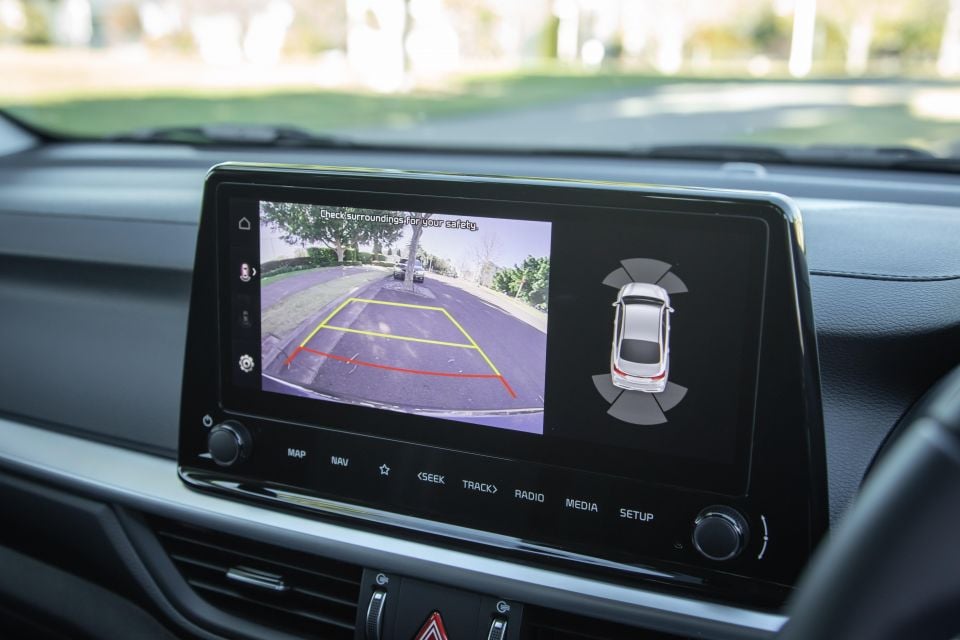
Where expert car reviews meet expert car buying – CarExpert gives you trusted advice, personalised service and real savings on your next new car.
The lack of kick-down torque, though, does demand a bit of patience and timing in order to execute confident overtaking or merging from side streets into fast-moving traffic.
It’s easy to judge, outward visibility is decent enough and the 10.6-metre turning circle is concise enough to serve well as grocery getter, while the reversing camera and sensors are cooperative and trusty.
All in all, it solid enough, if little in the way of on-road highlights to write home about.

The Cerato Sport is covered by Kia’s excellent seven-year, unlimited-kilometre warranty with seven years of capped-price servicing and roadside assistance.
Servicing intervals are 12 months or 15,000km, whichever comes first, currently price capped at between $275 and $607 across the first seven visits for what’s an average of around $417 per year, which is pricier than some of its competitors.
As noted earlier we achieved mid-eights per 100km over our week of mixed driving in Sydney, with the Cerato happy to run on 91 RON regular unleaded.
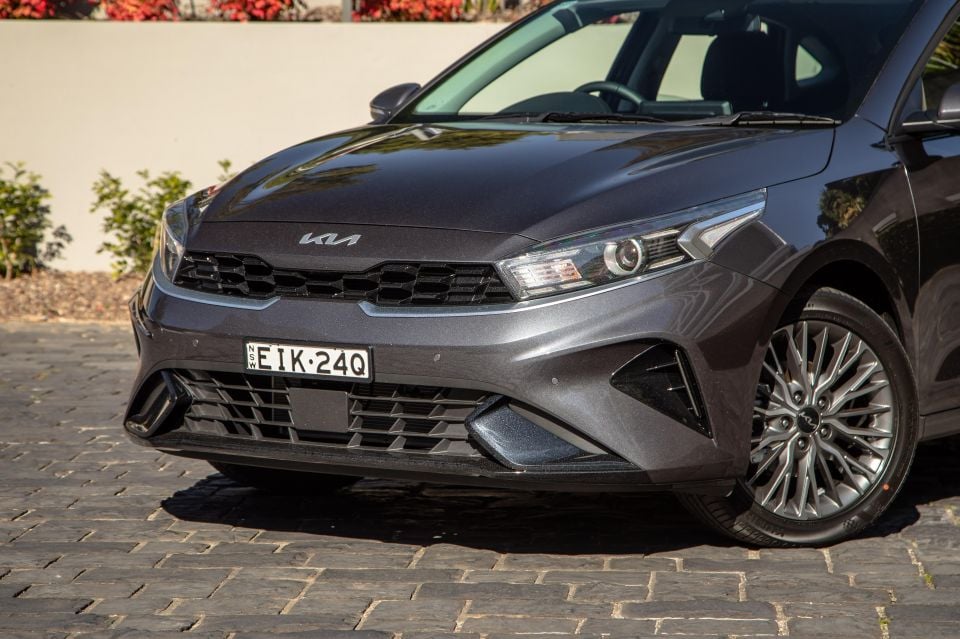
The Sport Hatch delivers well as an everyday prospect tasked as a family hauler or commuter runabout, ticking all of the appropriate boxes with very few stumbles.
In doing so, it’s certainly a solid proposition though it doesn’t really hang particularly outstanding talent in any area other than perhaps proper adult-friendly roominess and, with extra investment in the Safety Pack, one with well-encompassed surety.
Do you tick the $1500 Safety Box? Pragmatism suggest yes. But we’re still inclined to consider the regular, more affordable Sport an adequately safe prospect. A good thing, then, that buyers get choice.

Click the images for the full gallery
MORE: Everything Kia Cerato
Where expert car reviews meet expert car buying – CarExpert gives you trusted advice, personalised service and real savings on your next new car.


Damion Smy
8 Hours Ago


Damion Smy
10 Hours Ago


Damion Smy
12 Hours Ago


Matt Robinson
14 Hours Ago


Damion Smy
14 Hours Ago


Damion Smy
1 Day Ago